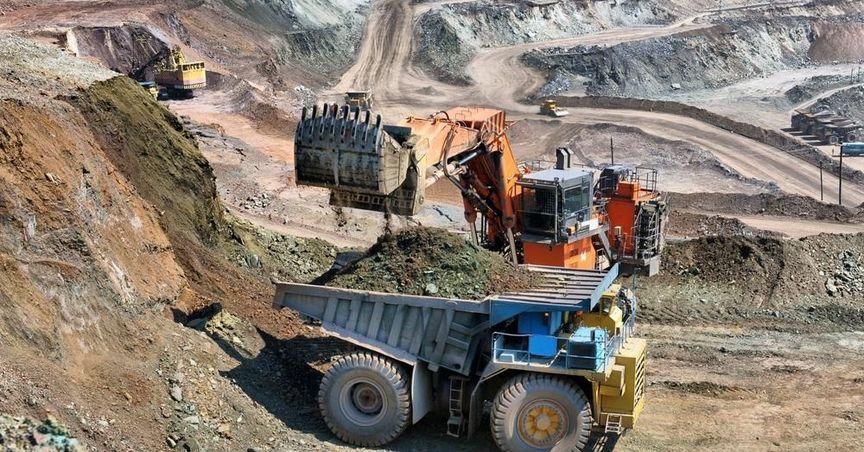Highlights
- Critica Limited reveals new rare earth discoveries at its Jupiter Project.
- Five large-scale satellite discoveries found near the Jupiter landholding.
- Low levels of radioactive minerals suggest easier processing and export.
Critica Limited (ASX:CRI) has made significant strides in its exploration efforts at its Jupiter Project in Western Australia. The company has revealed new rare earth element (REE) drilling results, which highlight substantial potential for future development. These latest findings come alongside five newly identified large-scale satellite discoveries adjacent to the Jupiter landholding.
The company provided a detailed breakdown of its Total Rare Earth Oxide (TREO) drill results, which included impressive concentrations of REEs in various drill intervals. For example, one of the highlights is 20 meters at 1,472 parts per million (ppm), with an 8-meter section yielding 2,539 ppm. Another notable result includes 23 meters at 2,130 ppm, with a brief high concentration of 5,331 ppm over 4 meters. This high concentration of TREO is considered significant, as the company focuses on mineralization that reaches 0.5% TREO, based on its geophysical analysis.
Critica’s exploration work at Jupiter is part of its larger two-project portfolio, which includes the nearby Brothers Project. The latest drilling data strengthens the company's interpretation of a potentially large-scale REE mineral system at Brothers, which is encouraging for future exploration work. This confirmation, according to Critica, supports its strategy of geophysical targeting, which has proven effective in identifying high-value rare earth elements.
Among the newly discovered satellite zones, high-value metals such as dysprosium and terbium were also identified. If commercial quantities of these metals are discovered at economically feasible depths, the overall value of Critica's flagship assets could see a significant increase.
An additional positive factor for the company is the low levels of thorium and uranium found in association with the mineralization. These elements are often found near rare earth deposits, and their low concentrations indicate that downstream processing may be less complicated. Furthermore, this could reduce regulatory hurdles when it comes to exporting the materials, particularly in regard to handling radioactive byproducts.
Critica’s Chief Executive Officer, Philippa Leggat, highlighted the significance of the discoveries, stating that the company's exploration work confirms the large-scale nature of the Brothers Rare Earth Project. The company is also completing infill drilling at high-grade areas of the Jupiter Project and is awaiting metallurgical test results. Critica expects to release its maiden resource estimate for the Jupiter Project by the end of this quarter.
Although recent declines in rare earth prices, particularly in neodymium and praseodymium, have impacted the broader sector, the company remains optimistic about its future exploration efforts and the potential value of its discoveries.



